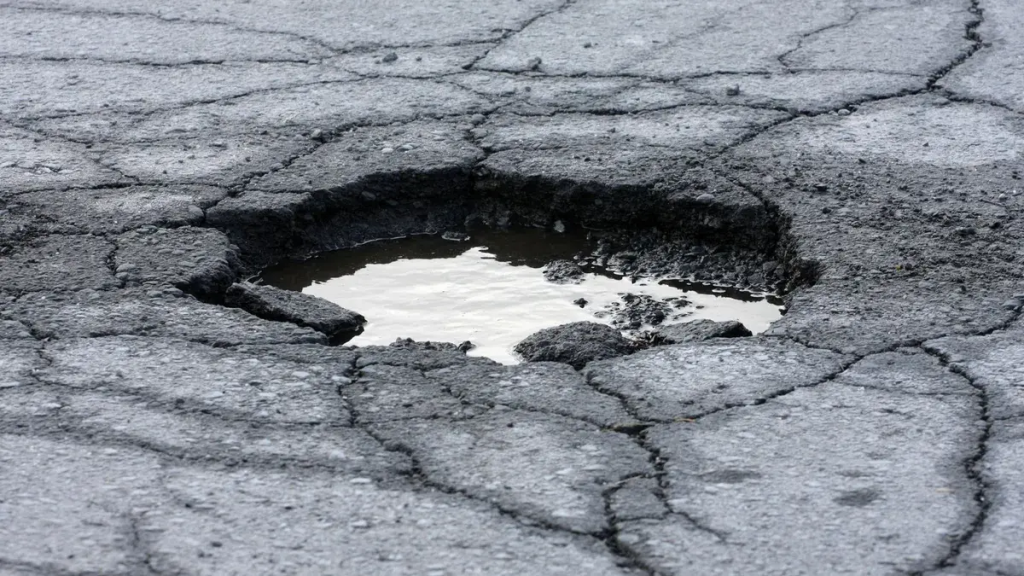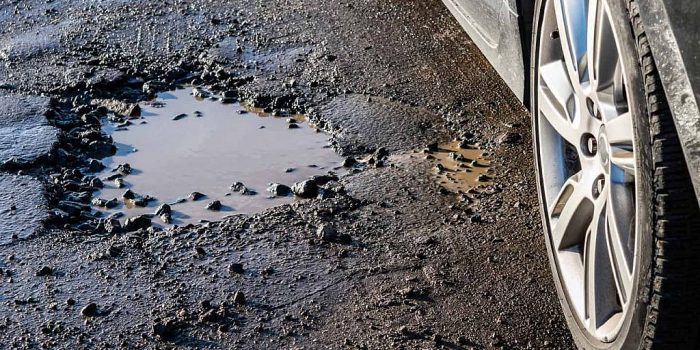As climate change looms ever larger on the horizon, the United Kingdom is embarking on an ambitious quest to revolutionize its road maintenance practices. In a bid to achieve net-zero carbon emissions from road upkeep by 2050, a pioneering study is poised to support National Highways’ noble cause.
Dr. Benyi Cao, leading this groundbreaking initiative in collaboration with National Highways, has secured a substantial £625,000 (US$780,000) research fellowship from the Royal Academy of Engineering to bring this vision to life. The core concept involves introducing ground-source heat pumps to cool roads during scorching summers and warm them amidst winter chills.
But how does this innovative solution work, and why is it so crucial in the face of climate change? To answer these questions, let’s delve deeper into the science behind it.
The groundbreaking technique will be implemented at the University of Surrey’s Advanced Geotechnical Laboratory. This visionary project spans five years and aims to achieve its objectives through diverse strategies. Scientists are gearing up to develop graphene-enhanced microcapsules, enhancing heat conduction and storage beneath road surfaces. The project encompasses laboratory-scale experiments, ranging from numerical modeling to full-scale field trials on UK roads.
The current road technologies contribute to an alarming 700,000 tonnes of carbon emissions annually. Over the next decade, the anticipated cost of repairing existing potholes in the UK is a staggering £12 billion (US$15 billion). The innovative thermo-active roads approach offers a low-cost, low-carbon alternative to mitigate road damage.

Statistics reveal that potholes on major roads in England have caused 5,000 injuries since 2018. In the preceding year, England allocated £1.2 billion (US$1.5 billion) towards road maintenance and repair, a process linked to substantial carbon footprints.
Dr. Cao emphasized, “Climate change poses an added threat to our roads. Thermo-active roads could serve as a mitigating force. They can be introduced gradually during resurfacing, causing minimal disruption to motorists. I believe there will be long-term advantages for drivers and taxpayers, a goal I aim to validate during my fellowship.”
The fellowship team plans to collaborate with Versarien, an advanced materials engineering company, to devise innovative graphene-enhanced microcapsules. These capsules will facilitate heat conduction and storage when roads are resurfaced. The researchers also intend to create a laboratory-scale model road segment featuring a heat pump for assessing thermal performance and road resilience under controlled climatic and traffic conditions.
The statement underscores the importance of comprehensive, advanced numerical modeling, which integrates meteorological data and insights derived from laboratory model experiments. This modeling provides critical guidance for the construction of thermo-active roads.

Dr. Cao outlined the pothole formation process to New Atlas, explaining that three key elements contribute: surface cracks resulting from traffic-induced wear and tear, unavoidable by nature. “The second element is water, and the third is the freeze/thaw cycle. Small cracks develop, permitting water infiltration. In the frigid UK winters, with temperatures plummeting to -10 °C (14 °F), water freezes and expands, exacerbating these cracks. Come spring, rising temperatures cause the ice to thaw and contract.”
This repetitive cycle of freezing and thawing, accompanied by expansion and contraction, weakens the asphalt binder—the glue that holds the road surface together—resulting in various forms of deterioration, with potholes being a prominent issue.
Dr. Cao conceived this innovative idea while seeking a more efficient and sustainable solution. He remarked, “I pondered over our vast road infrastructure and the abundant ground beneath it. Why not utilize this underground resource as a heat collector and storage system in summer and draw upon that heat in winter?”
About economic considerations, Dr. Cao stated, “We haven’t conducted a cost analysis, and we believe it’s best done after the field trial. While it will entail additional expenses in transport infrastructure, we anticipate benefits in terms of reduced carbon emissions from pothole repairs—no small amount, approximately 700 tons annually—along with extended road lifespan.”


